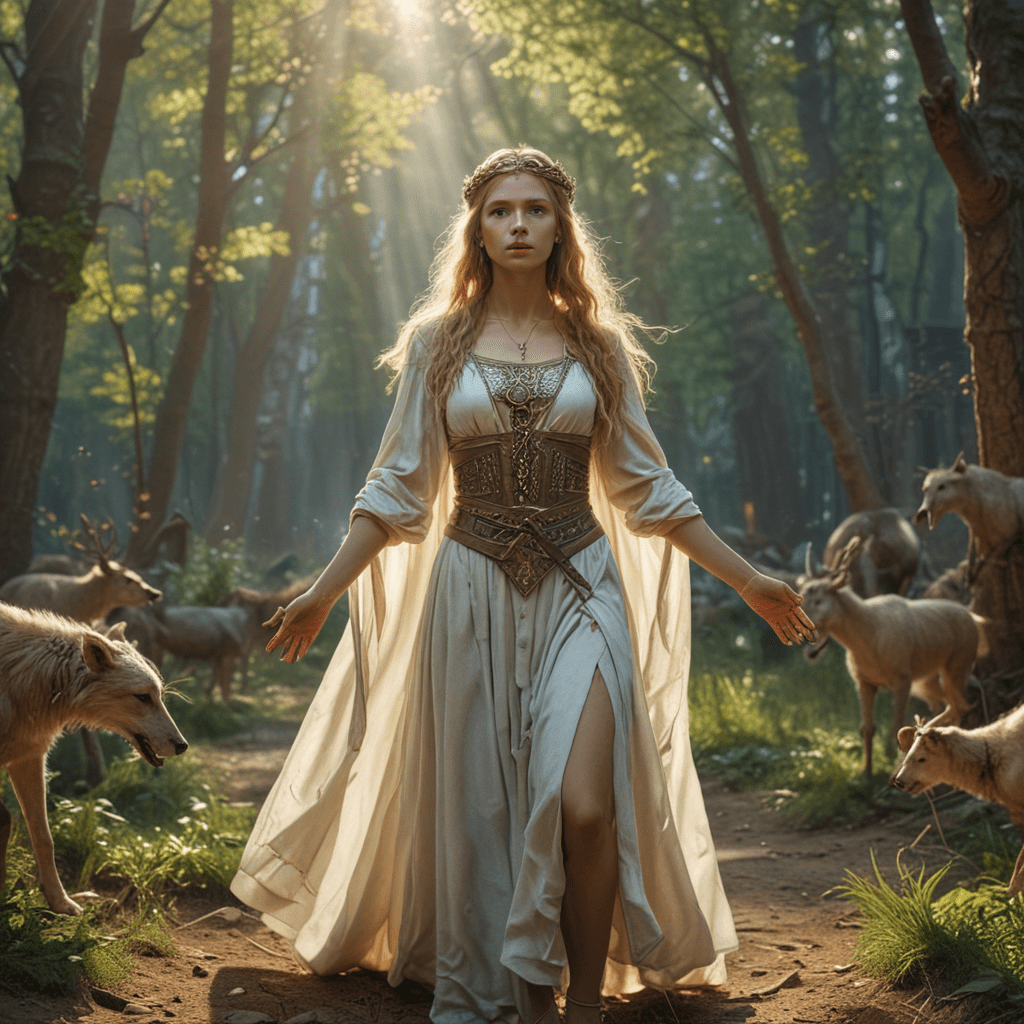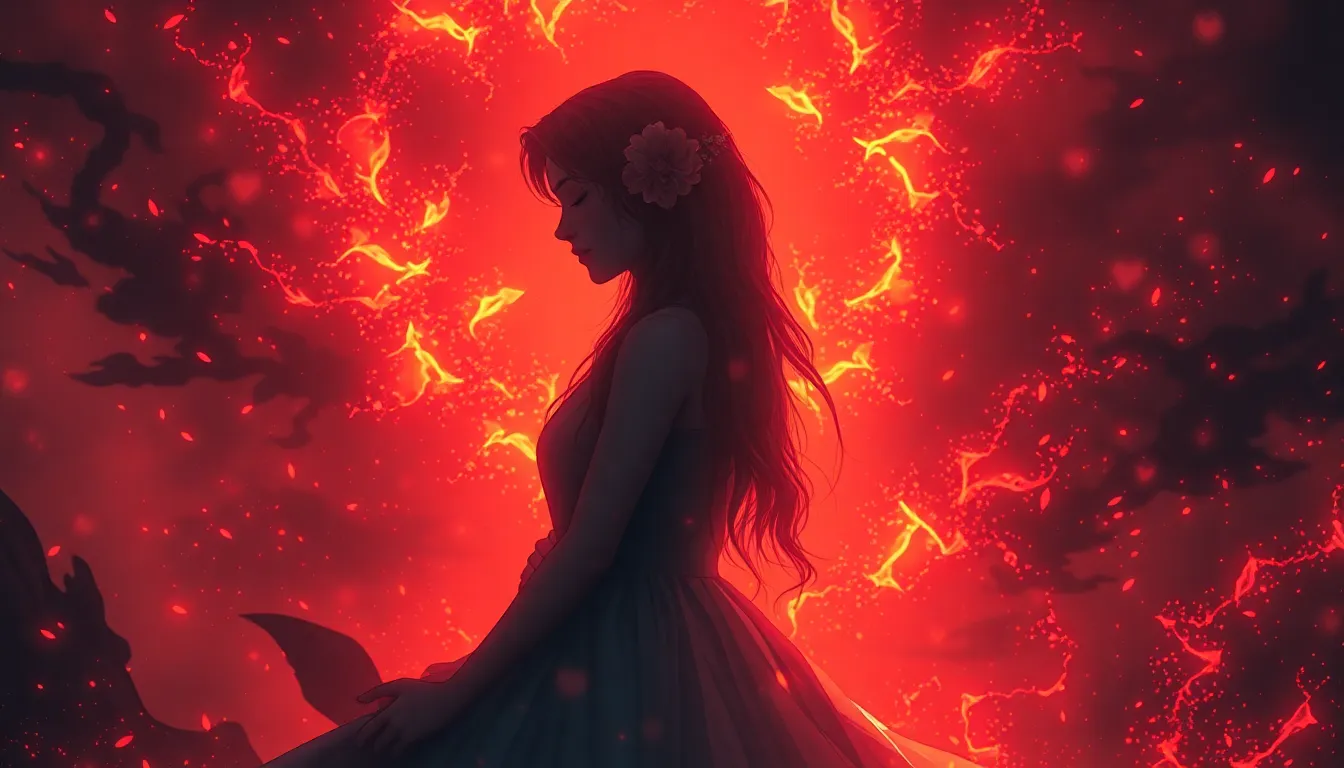The Hippogriff as a Messenger of the Gods: A Norse Perspective
I. Introduction
The Hippogriff, a majestic creature with the body of a horse and the wings and head of an eagle, serves as a fascinating symbol within various mythologies. While primarily associated with Greco-Roman traditions, the Hippogriff’s narrative intersects intriguingly with Norse mythology, particularly in its role as a messenger of the gods. In Norse lore, messengers play a crucial role in facilitating communication between the divine and human realms. This article explores the multifaceted nature of the Hippogriff within this context, examining its origins, symbolism, and modern interpretations.
II. The Mythological Origins of the Hippogriff
The Hippogriff is defined as a hybrid creature that embodies the strength of a horse and the majesty of an eagle. Its first known literary appearance was in Ludovico Ariosto’s “Orlando Furioso,” where it is depicted as a noble and heroic beast. Over time, the concept of the Hippogriff evolved, drawing from various mythological sources.
In comparing the Hippogriff with other mythological creatures, such as griffins and pegasi, distinct differences emerge:
- Griffins: Typically depicted with a lion’s body and an eagle’s head, griffins symbolize strength and guardianship.
- Pegasi: Winged horses, symbolizing freedom and inspiration, are often associated with the arts and creativity.
The Hippogriff, with its unique hybrid structure, represents a fusion of attributes, making it a versatile symbol in mythology.
III. The Role of Messengers in Norse Mythology
In Norse mythology, divine messengers such as Huginn and Muninn, Odin’s ravens, and the Valkyries serve critical functions. These entities facilitate communication between gods and humans, conveying messages of fate and guidance.
The functions and significance of these messengers are manifold:
- Bearers of Knowledge: Messengers like Huginn and Muninn gather information about the world, reporting back to Odin.
- Agents of Fate: Valkyries determine the fates of warriors, guiding those worthy to Valhalla.
This intricate web of communication highlights the importance of messengers in bridging the mortal and divine realms, a role that the Hippogriff could symbolize through its majestic flight between these worlds.
IV. The Symbolism of the Hippogriff
The Hippogriff is rich in symbolism, embodying attributes such as strength, majesty, and duality. Its very existence as a hybrid creature reflects the convergence of two worlds, representing the balance between the earthly and the divine.
Interpreting the Hippogriff as a bridge between these realms, we can see its significance in Norse values:
- Honor: The Hippogriff is associated with noble qualities, aligning with Norse ideals of honor and valor.
- Bravery: As a creature that symbolizes courage, the Hippogriff mirrors the warrior spirit revered in Norse culture.
Thus, the Hippogriff can be viewed as a powerful emblem of the ideals that permeate Norse mythology.
V. The Hippogriff in Norse Art and Literature
While the Hippogriff does not prominently feature in traditional Norse sagas or poetry, its essence can be felt in various artistic representations. Viking Age artifacts often depict creatures that blur the lines between different animals, hinting at the hybrid nature of beings like the Hippogriff.
Additionally, runestones and carvings showcase a fascination with mythological creatures, reflecting the cultural significance of such entities in Norse society. The influence of the Hippogriff is also evident in later Norse-inspired works, where it serves as a bridge between ancient tradition and contemporary narratives.
VI. The Hippogriff as a Cultural Hybrid
The Hippogriff’s origins are deeply intertwined with cross-cultural influences, particularly from Greco-Roman and Celtic traditions. This hybrid nature exemplifies the cultural exchanges that occurred as myths evolved over time.
As the Hippogriff integrates into Norse mythology, it becomes a symbol of the cultural fusion characteristic of the Viking Age. These hybrid creatures not only enrich the mythological landscape but also provide insight into the dynamics of cultural exchange and adaptation.
VII. Modern Interpretations and Adaptations
In contemporary literature and media, the Hippogriff has found a renewed popularity, most notably in works like J.K. Rowling’s “Harry Potter” series. Here, the Hippogriff is portrayed as a noble creature, reflecting both its majestic origins and the themes of honor and respect.
However, modern portrayals often reflect or distort traditional Norse perspectives, leading to a divergence from the original symbolic meanings. As the Hippogriff continues to inspire various adaptations, its legacy remains vibrant in popular culture, showcasing its enduring appeal.
VIII. Conclusion
In summary, the Hippogriff serves as a compelling symbol in the context of Norse mythology, representing the connection between the divine and mortal realms. Through its rich symbolism and hybrid nature, the Hippogriff embodies the values of honor and bravery cherished in Norse culture.
Reflecting on the enduring appeal of the Hippogriff as a messenger, we recognize the significance of mythological creatures in shaping our understanding of history and culture. Their stories continue to resonate, reminding us of the intricate tapestry of beliefs and values that define humanity.




